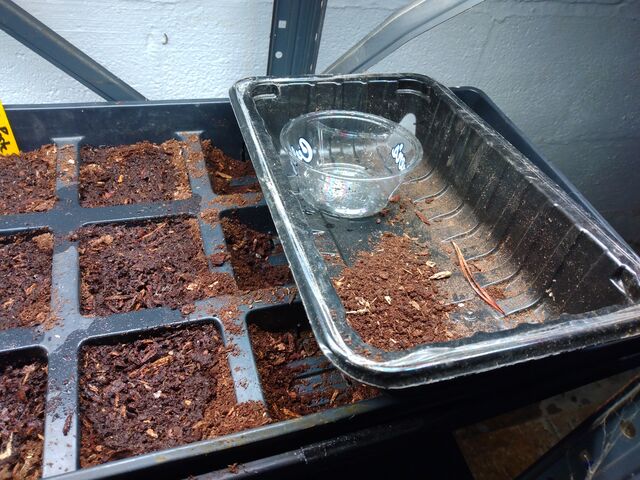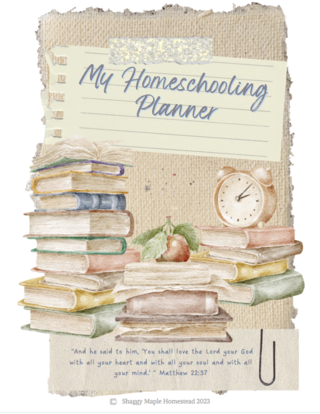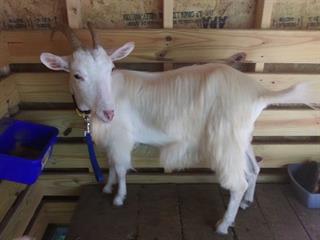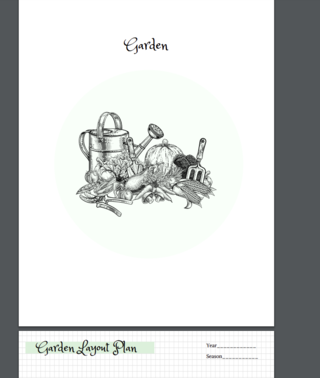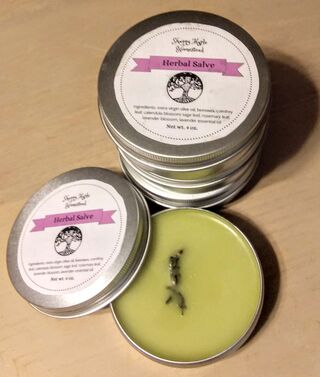Tuesday, February 15, 2022
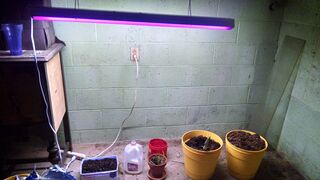
2015 minimal set up in a rental home with fluorescent light

full spectrum LED grow light
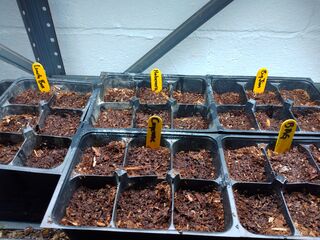
Peppers and grape tomato flats
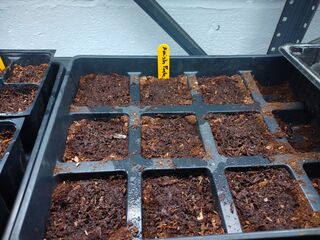
Amish Paste tomato flat

Seed starting this year is in our basement, and the shelf pulls double duty as our theological library overflow

Portable space heater to maintain temperature

Make sure light and heat are in close proximity to your starts to prevent "leggy" seedlings
Whether you're starting seeds indoors for the very first time, or you're an old pro, here are some simple tips that serve as reminders for us year in and year out to get the most out of our seed-starting process and work smart, not hard.
1.) Don't break the bank!
Chances are if you're wanting to grow your own food, you don't want to go into debt to do it. Rather than spend big bucks on seed trays or peat pots, try using things you already have on hand. If you have plastic containers from nursery plants purchased in previous years, use those! If not, and you're jumping in to gardening for the first time and all this seems daunting, there's no shame in going ahead and splurging a little on seedlings and hang on to those little plastic cartons to reuse next season. Reusing plastic ground meat trays is a great way to get reusable planting trays (add holes for drainage). Or for a compostable, direct-transplanting option, planting seeds in toilet paper tubes, or cardboard soda boxes. Each option has merits and pitfalls, but the key is spacing and plenty of water so that your seedlings do not dry out and wither. Being aware of your room temperature and humidity can help you to make sure your seedlings are getting started in optimal conditions and are given their best possible start. To keep seeds and soil damp and humid in order to germinate, some choose to use plastic covers or a sheet of plastic wrap over the top of the pots or trays until the seeds have germinated. The ultimate point here is that cost does not have to be a barrier to entry. Try not to think that you have to go all out in expensive peat pots, plastic seed starting containers. Get creative, and be resourceful! Part of the fun of gardening is to explore your options and see what works best for you in your particular set of circumstances.
2.) Invest in grow-lighting and dedicated space
Our first year getting started growing our own food, we began with tomatoes and basil set in seed containers in a sunny windowsill. While this worked fine for us then, we have since expanded our desired vegetables as well as the size of our family! So while a sunny window sill works fine for a few plants, growing seedlings indoors for us has had to expand to more of a functional system, and part of taking the guess work out of germination and growth was to invest in a grow light. Our first grow light was a hanging fluorescent light about four feet long in our mud room/laundry room. This presented challenges in several ways. First, there was laundry in the same room as my seed starting table, which inevitably got bumped, moved, scooched into and soiled the clean laundry before I could get it folded. Not to mention the fluorescent bulbs make that weird buzzing sound, and are prone to breakage, which is a huge mess that no body has time for. After about the third set of bulbs, I decided to invest in an LED full spectrum grow light, which was under $40 from an online retailer. It has linkable capabilities, which means I can add multiple lights to that initial one and use only one outlet. Additionally, I moved our seed starting area down to the basement. The temperature control and humidity are a bit more challenging here, but it eliminates the issues of laundry conflict, and accidental table bumping. Having things in a safer, more isolated area ensures that my pets and kids aren't affecting the state of my seedlings and they are free to thrive with no unwanted interference or extra work for me.
3.) Use your native soil +
One of the main concerns among growers is growing medium and whether it has all the nutrients your seedlings need. The temptation is to go to a garden center or DIY shop and to purchase big bags of potting mix. Not only does that fly in the face of tip #1 because you're literally spending money on dirt, but it has the potential to do more harm to your plants in the long term. There is nothing more shocking to the roots of transplants than to discover that the soft, sterile, rich potting mix they began in has gone away and they're now toiling in hardpan or clay. Imagine their surprise when one day, they're taken from their nice soft seed start containers and plunged into less-than-ideal native soil, which may or may not have had its microbiome disturbed by tilling, and suddenly their roots have to work much harder to retrieve nutrients and minerals from the soil. It literally makes your plants grow tough, slow, and bitter! Instead, try using a 2:1 mix of 2 parts your native soil to one part composted manure. If you already have an active compost pile, you're way ahead of the game! Simply sift some of your compost into a bucket, and use that to fill your seed starting containers. You can always increase fertilizer or compost tea if your seedlings need a little boost. You can usually find local gardeners or farmers who have cold or composted manure to offer you at discounted prices compared to big box stores. If you let your little baby plants know what to expect come transplant day, and they'll fare much better than posh potting mix seedlings. For an even better time transplanting, side dress your newly transplanted seedlings with a cold manure such as rabbit, goat, or alpaca manure, and water generously the first week or so (but be careful not to drown the poor things!)
4.) Plant more than you need
In this day and age of supply chain issues, food scarcity, and general uneasiness over the state of the economy and food security, it goes without saying that you should plan on planting more than you need. There are tons of guides online that outline about how many plants you need per person to feed your family for a year, so I won't go into that here. However, part of being a good steward is using your available resources to their maximum potential. Because our family usually requires about 8 tomato plants, I typically sow twice that. This accomplishes 3 things. First, it ensures that if the germination rate of my seeds is low, I have a greater percentage of still ending up with viable plants. Second, it utilizes all the seeds in the packet. Generally, seeds come in packets of between 15-30 seeds, so only planting 8 seeds and hoping that they all germinate into strong healthy plants is just wasteful and unrealistic. I usually sow all of my seeds, but if I don't need to, I hold on to the seeds for use in seed-swaps, or to give to friends who want seeds but didn't have the means or ran out of time to purchase them for themselves. Third, growing more seedlings than I need allows me to either sell the extra seedlings to customers, or grow them in the market garden, and be able to take the produce to market, or donate to local food banks/ hunger outreach ministries in our area. Imagine the delight of financially strapped parents who instead of giving their kids another can of pork and beans for dinner can offer them fresh vegetables locally grown! That's one of my favorite ways to show people the goodness of God and tangibly share the love of Christ.
5.) Keep copious notes
This does not come easily for some, and even I myself- a notorious note-taker- find that some years I lack consistency in this area. But this year- 2022- is different. I have more plates spinning than ever before and I can't afford time spent confused and disoriented trying to figure out which seedlings are which and hoping that I eventually figure it out come harvest time. I keep a sheet of paper or a spiral bound notebook in my seed starting area. In it I write the date I planted my seeds, the number of days until germination, the room temperature, the number of flats or containers I've planted, the variety of the seed, the origin of the seed (Which company I purchased from, or if I've saved them myself). I also add notes whenever I go down to check on the seedlings and I note when they germinated, what the room temperature is, when they were last watered, or any other things I may notice while I'm there. One year, we had some seed that we decided was contaminated by some sort of disease that resulted in us having to buy in our tomato plants that year. If you're planning on saving and selling your seeds, you also need to make sure that you're keeping track of any issues you have and only save seeds from healthy heirloom plants to ensure healthy, viable seeds that will produce offspring identical to the parent plant. One year, my oldest son helped me package tomato seeds. To this day, we are not sure if some of the ones packaged were mortgage lifters or Pink Brandywines. I suppose whomever planted them eventually figured it out based on size and color of the fruit. But that's all the more reason to minimize confusion (and interference) by keeping reliable records which you can go back to reference later. If you use abbreviations, make sure to write out a key or legend so that you remember what they stand for! And utilize plant markers- this year we used craft sticks written on with sharpie, but in years past we've cut plastic cups into strips, and even taped the seed packets to the trays to function as our seed labels. Whatever you do, remain consistent. Mid season is not the time to revamp your strategy. Stick out your chosen record keeping method, and wait until the next growing season to try something new, that way you avoid craziness and confusion in trying to figure out what all your notes mean.
I hope these tips have given you some inspiration and encouragement to get going with your own indoor seeding! Let us know if you have any of your own tips and tricks that have helped you be successful in your gardening endeavors!








